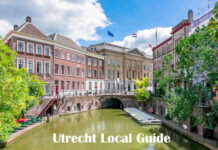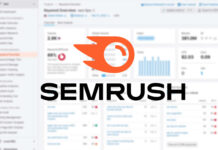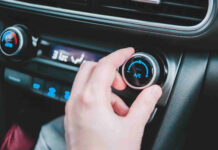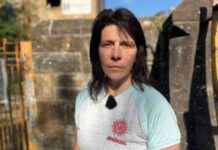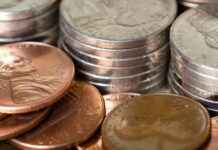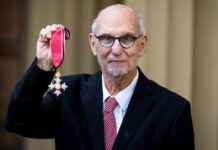In just a few weeks, Tesla gonna shake things up in Austin, Texas with its robotaxi service, set to launch around June 2025. CEO Elon Musk has been talking big, saying millions of those self-driving electric cars will be on the road by late 2026. Cheaper and cleaner rides for everyone, he says. After fine-tuning its Full Self-Driving (FSD) tech for years, Tesla is getting ready for a pilot program that seems to be going well. But, like, will Musk really make this sci-fi dream a reality?
Kick Off the Austin Pilot
Tesla’s robotaxi journey is speeding up in Austin, where they’ve been test-driving their FSD Supervised system with employees on the down-low. They’ve already logged over 1,500 trips and 15,000 miles, making sure everything’s in tip-top shape for the big debut in June. The first fleet, starting with 10 to 20 Model Y vehicles, will be using the ‘unsupervised’ FSD, which means no human driver in the car. Musk gave the green light on April 22, 2025, saying, ‘We’re gonna launch unsupervised Full Self-Driving as a paid service in Austin in June.’ These robotaxis are just regular ol’ Model Ys with some fancy new software, not like the special Cybercab that won’t be out until 2026.
The pilot project has involved working closely with Austin’s first responders, even having a training day in March 2025 with 60 vehicles simulating real traffic situations. Musk is taking a cautious approach to make sure everything is super safe, saying, ‘We’re kinda dipping our toes in the water gently.’ People on X are getting pumped up, with one user saying, ‘If we can get true self-driving, ride-shares could get way cheaper, like 80% cheaper.’
Tackle Safety and Regulation
Safety is a big concern. Tesla’s FSD has gotten some flak for accidents linked to its supervised version, and legal folks are warning that if driverless cars crash, Tesla could be on the hook. Unlike California, where Tesla hasn’t reported any autonomous miles since 2019, Texas has some pretty lax rules, making it a prime spot for testing. But even in Texas, cops can still give tickets to autonomous cars, and new laws might make things stricter for commercial operations. Waymo, one of Tesla’s competitors, has driven millions of miles under tighter rules, making folks wonder if Tesla is really ready for this.
Musk claims FSD vehicles can go about 10,000 miles on average before needing a human to step in, but he hasn’t given out all the juicy details. Investors like Blake Anderson from Carson Group want more info on safety and how much it’ll cost per mile so they can figure out if this whole thing will make money.
Scale Up for a Cleaner Future
Musk isn’t just thinking about Austin. He’s talking about having ‘millions of Teslas driving all by themselves’ by mid-2026, maybe even taking up ‘90% of the ride-share market.’ They’re planning on expanding to cities like San Francisco, Atlanta, and Phoenix by the end of the year. This could mean way cheaper travel costs and less pollution since electric cars don’t spit out any yucky emissions. One person on X said the launch could be a real threat to public transit, like, watch out, buses and trains.
But, like, there are some bumps in the road. Tesla’s sales dropped by 13% in Q1 2025, and there have been some haters messing with their chargers. People are also worried about the environmental impact of making all those batteries, even though Musk says robotaxis will make travel ‘cheaper, cleaner, and easier for everyone.’
Drive Towards a Bold Tomorrow
Tesla’s robotaxi launch, which might happen on June 1, 2025, is a pretty risky move towards autonomy. Musk’s talking about millions of driverless EVs on the road by 2026, so the stakes are super high. If this all works out, it could totally change cities, cut down on emissions, and give Uber and Waymo a run for their money. But with safety, rules, and tech problems ahead, Tesla needs to show that their stuff is good to go. As Austin gets ready for this sci-fi future, the whole world is watching to see if Musk’s plan will hit the gas or hit a speed bump.


